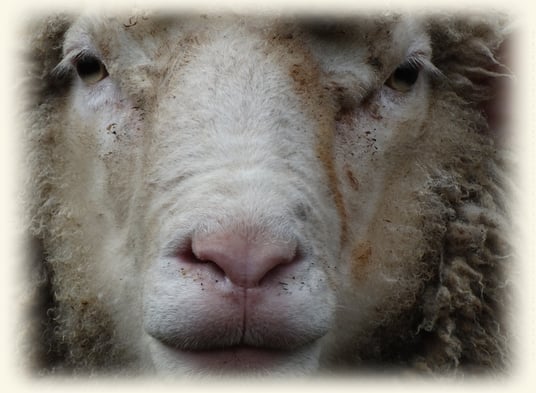Culture &
social learning
Sheep are often ridiculed, by unknowledgeable humans, as dumb followers. As other social animals, including humans, sheep do indeed follow but not always and not anyone. Sheep follow when it’s smart to do so, and in most cases they will follow the oldest (and wisest) ewe. This ‘following’, also known as social learning, is an important ingredient of culture formation. Culture is a big thing in animal societies. Culture emerges as animals spread behaviours and information through social learning horizontally (from peer to peer) or vertically/obliquely (from parents/teachers to children).
Sheep – bighorn sheep – were the first ungulates to equip human scientists with empirical evidence of the culturally-based nature of the herds’ seasonal migrations. Researchers compared ‘historical populations’ (those inhabiting an area for over 200 years) with populations translocated to novel landscapes and discovered a marked difference in migratory propensity between the two groups. The research unveiled the value of cultural knowledge transmission underscoring these migrations. It takes several generations and decades for a translocated society to acquire enough knowledge of the new territory’s food growth cycles to bring migration back to significant levels.
This section features stories of sheep social learning.
***
Henry's clever method to reach high branches learnt by other sheep
Text by Teya

